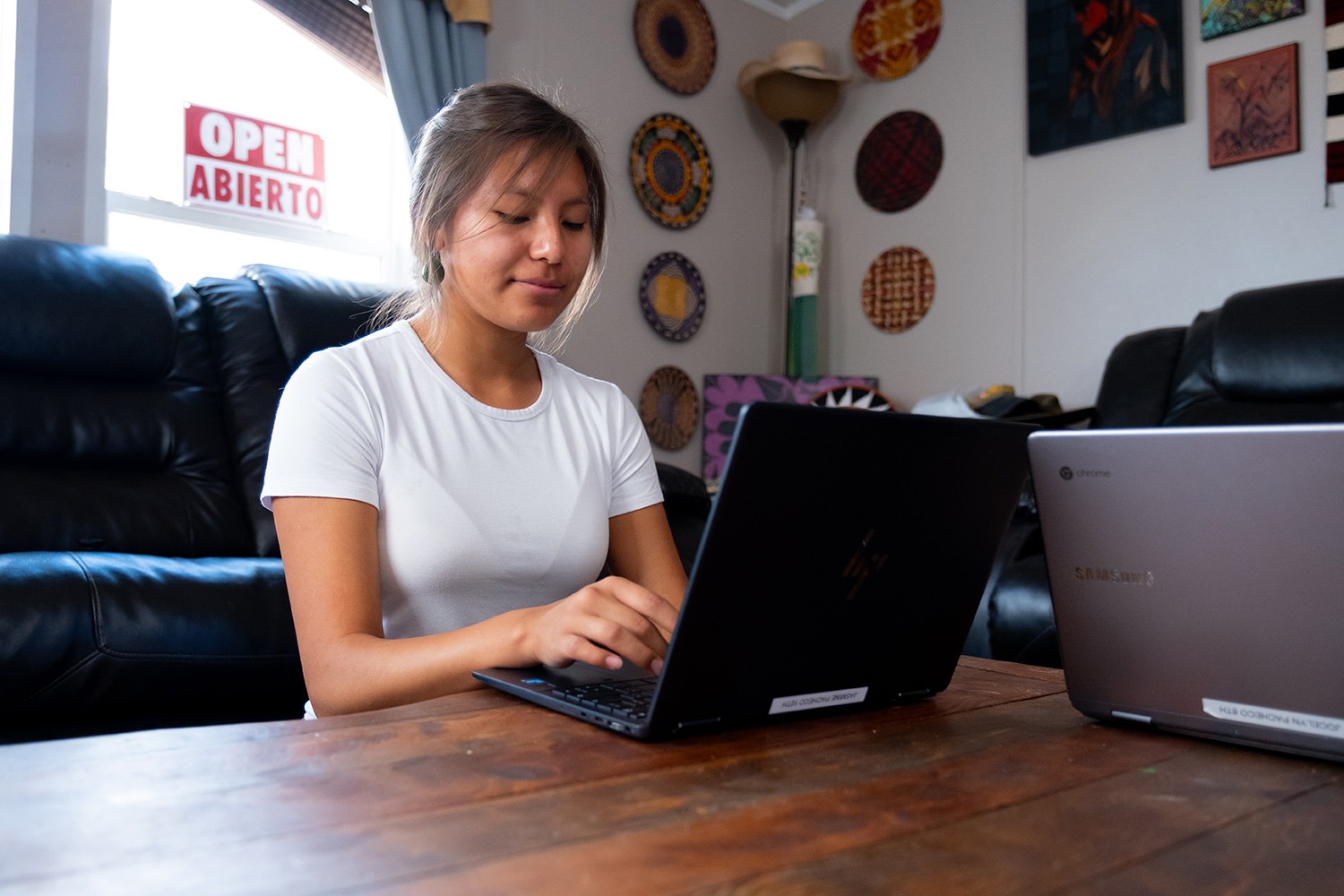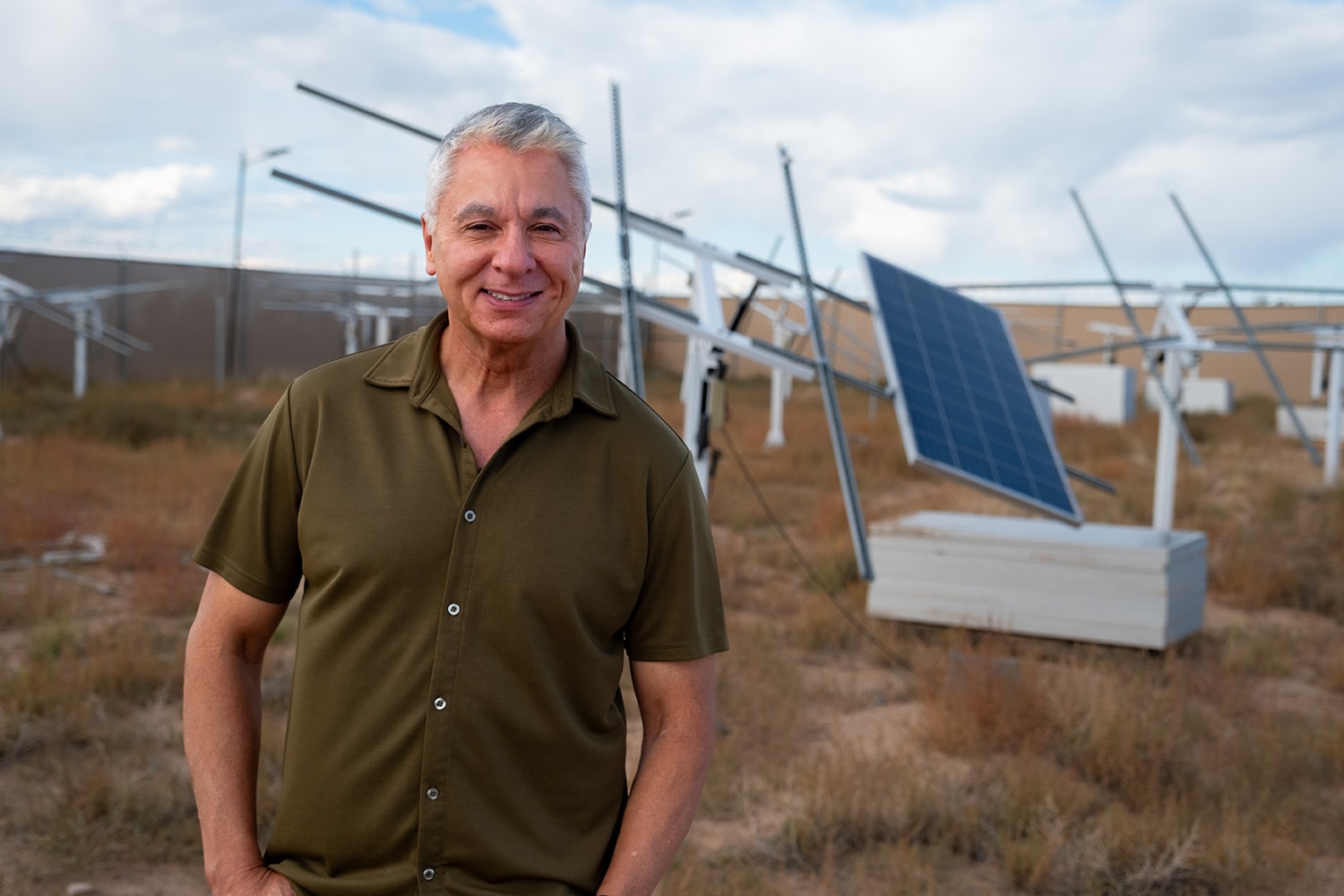The Pueblo cultures of New Mexico date back to before 1,000 BC. Like their neighbors, the Santo Domingo (Kewa) Pueblo works actively to teach younger generations the practices and Keresan language of their ancestors. At the same time, it is one of only a few Tribal Nations in the United States that owns its own internet company.
A vast network now connects the community, opening far wider opportunities in education, entrepreneurialism and healthcare, along with a new revenue stream that will be invested back into the community.
Santo Domingo’s story starts in 2017 when broadband infrastructure was installed in the community library through the E-Rate grant program, which helps schools and libraries obtain affordable internet. The infrastructure was never extended to community homes or businesses due to the constraints of the E-rate grant.
For decades, Santo Domingo was ignored or bypassed by major internet service providers due to what they believed was a minimal return on investment. This compounds other forms of marginalization in Indian Tribes, such as inequitable education, telework and telehealth access. Santo Domingo students had to drive or be driven approximately 10 miles up to the interstate to get cell service so they could do their homework.
But in 2020, The pandemic removed even that option when the Pueblo’s 5,300 community members went into lockdown. Tribal program staff drove to the public school to pick up 900 lessons each day and deliver them to students’ homes, then went back two days later to pick up the homework and drop it off to be graded. But without teacher instruction, students began to fall further behind.


This only strengthened the resolve of Pueblo leaders to deliver on the vision that broadband had sparked: internet in every home. The immediate problem it would solve was helping the Pueblo’s children thrive by supporting online registration, enrollment, learning and the ability to navigate student portals.
Tribal Administrator Herman Sanchez said, “The Santo Domingo Pueblo students are our country’s future leaders. Through the internet, we’re lifting ourselves up and putting our students on a level playing field with non-Natives.”
Failure is not an option
The team was united by a mantra — failure was not an option for their children or their community. They worked with the community to innovate and experiment as they transformed their vision into reality.
An important factor of this initiative was the Tribal leadership’s concern that the internet might draw attention away from the critical worldview, traditions and language of their ancestors and compromise their survival through the generations. Sanchez and other members of the team worked closely with Tribal leaders to discuss and address these concerns.
Phoebe Suina is an environmental engineer from the nearby Pueblos of San Felipe and Cochiti and one of the leads on the broadband project. She says that a key to success is understanding the importance of the human element.
“As an engineer, I learned that you can’t design a solution without considering the intangible elements you can’t measure. Because governance, people and social dynamics differ greatly by Pueblo, you need to engage the community to navigate the implementation of a great vision,” she shared.
The community worked together to balance tradition and respect for Tribal and educational sovereignty with innovation. When supply chains went dry, the team learned how to print 3D antenna mounts for each home. They created their own solar farm as a source of power and trained Tribal members on career-building skills like 3D printing, internet installation and ISP technology.


Support from the W.K. Kellogg Foundation (WKKF) in 2022 became a stepping stone to securing $22.1 million in federal and state funding that will be used to install fiber in every home.
Today, the Santo Domingo Pueblo has 32 solar panels powering the cell tower and internet infrastructure that provides wireless broadband access to 700 area homes. In 2023, its new business, Santo Domingo ISP, began offering high-speed internet at affordable rates to homes and businesses within the Pueblo and three surrounding non-Tribal communities.
Educational equity and economic opportunities
High-speed internet has created educational equity and new entrepreneurial and employment opportunities for Tribal members, 80% of whom are self-employed in roles such as artisans, jewelry makers, ranchers and farmers. Additionally, families now have access to telehealth and telework, which is critical for remote communities like Santo Domingo, where economic opportunities are limited and health care providers are few.
The Santo Domingo ISP opens up possibilities for revenue streams that will help fund investments in critical infrastructure, such as housing, clean water, wastewater, fire protection, and in future economic development that will help create generational wealth.
“As I think about my children and all the children, bringing the internet to Santo Domingo is about equity and access and ensuring they can pursue higher-level educational opportunities like college or getting a PhD,” says Suina, a mother of two. “Our kids don’t take the internet for granted because they know the massive chasm they had to navigate when they went without.”
The Santo Domingo broadband implementation reflects WKKF’s long-held belief that communities know their children’s needs and are in the best position to meet those.
“This story is proof of the Kellogg Foundation’s theory of change, dating back to the time of Mr. Kellogg – change happens through intelligent study, group planning and collaborative action on the part of everyday people in their communities,” said Jennifer Duran-Sallee, WKKF senior program officer in New Mexico.
Add innovation into the mix, and you have a community merging the traditional values of caring for every relative and embracing innovation to create a brighter future for the children of New Mexico.







Comments